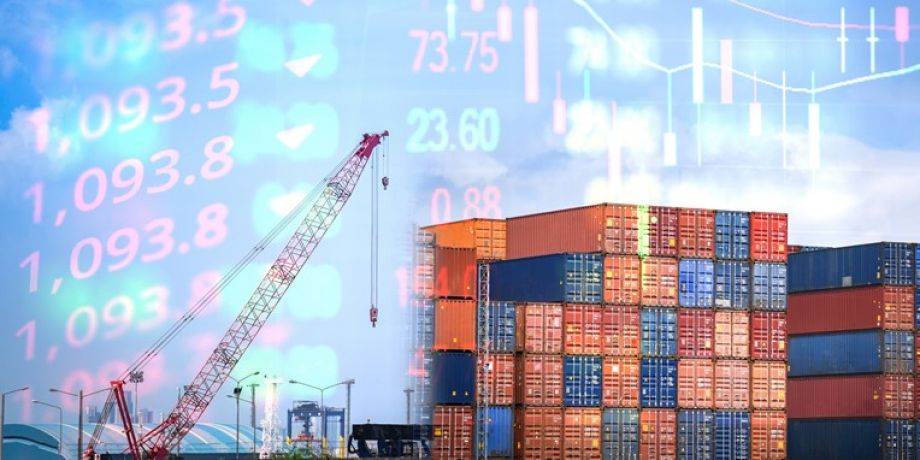
INTERNATIONAL LOGISTICS: MASSIVE CHALLENGES
Port congestion is worsening, while international logistics remain on hold pending negotiations on tariffs between the United States, the European Union and China. The tension between Iran and Israel is adding further pressure on air and sea routes in the Middle East, while the Suez Canal is hoping to see the return of commercial shipping. Let’s take a look at the state of the global supply chain and its impact on transport flows.
PORT CONGESTION
Northern European ports have been experiencing severe congestion for several months, which is expected to last until at least September 2025. Waiting times have reached 2 days at the ports of Hamburg and Le Havre, while around 50 ships are parked off the coast of Antwerp. Rotterdam is also reaching a critical threshold. This situation has been caused by a succession of strikes since the start of the year, a shortage of labour, works on the railways, low water levels on the Rhine limiting river transport, and changes to calls in shipping alliances. This phenomenon could soon affect the ports of southern Europe.
Congestion is also affecting Asian ports such as Shanghai and Ningbo, where more than 100 ships are at anchor. In Shenzhen, around 50 ships are waiting to call. North America has not been spared: 42 ships are waiting in Los Angeles and 14 in New York. These delays can be explained by unfavorable weather conditions, saturated terminals and a strong upturn in shipments, stimulated by the tariff truce.
CUSTOMS DUTIES AND TRADE AGREEMENTS
Negotiations between China and the United States have remained active since the moratorium was signed on 14 May 2025. Although progress has been limited, it is considered encouraging. After several rounds of talks, the two countries are working to reduce customs tensions and technological restrictions. Partial sectoral agreements have been reached: the United States has reduced certain customs duties from 145% to 30%, and China from 125% to 10%. A provisional agreement was also reached for the ‘spot’ supply of Chinese rare earths to the United States, essential to the American defense industry. Temporary flexibility has also been introduced on technology issues and student visas. What about the outcome of the negotiations scheduled for August?
For the European Union, the deadline for trade negotiations with the United States is 9 July 2025. Importers and exporters are still waiting to plan their activity for the second half of the year. Freight rates remain stable, but capacity is limited, as most ships are already full.
SUEZ CANAL AND STRAIT OF ORMUZ
Shipping companies remain cautious about a return to the Suez Canal. Only CMA CGM is gradually resuming traffic on this route. Regional instability, recently exacerbated by the conflict between Israel and Iran, is slowing the recovery and further disrupting operations. Some companies have announced that they are suspending calls or adjusting their services in the Strait of Hormuz area, while freight rates are rising sharply. The ceasefire signed between the two countries remains fragile, maintaining a climate of uncertainty that weighs heavily on regional logistics.
AIR AND SEA TRAFFIC
Air traffic between China and the United States fell, mainly due to the end of the ‘de minimis’ exemption. There have also been disruptions in the Middle East, with occasional airspace closures. On the other hand, the Europe-US route remains balanced, both in terms of capacity and fares, which remain stable overall on all routes.
On the maritime side, rates are stabilizing after significant increases in May and June on the Asia-Europe and Europe-US routes. However, reliability of lead times remains low, due to the many constraints already mentioned.
Although the global logistics environment remains complex, the experts at Balguerie Group are constantly adapting their solutions to offer you the most relevant one. Thanks to active market intelligence, rigorous planning, a high degree of flexibility and close collaboration with our partners, we continue to ensure the fluidity and performance of your supply chains.









